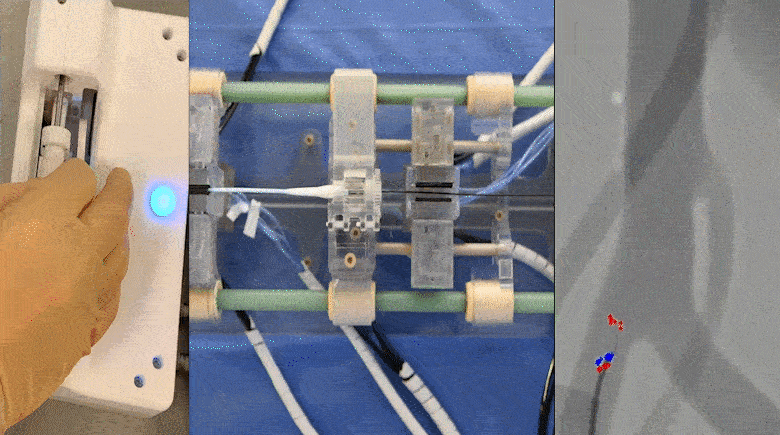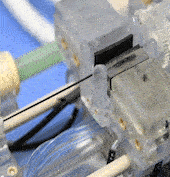
Cardiovascular diseases are an emerging cause of global death. Targeting minimally invasive surgical approaches, endovascular interventions are one standard of care for diagnosis and therapy. However, those procedures are associated with various drawbacks and challenges. For example, both operators and patients are exposed to ionizing radiation from procedural monitoring using fluoroscopy, and manipulation of catheter or guidewire instrumentation demands training at expert level to cannulate the target branches in the vascular tree with minimal trauma. To overcome these limitations, we proposed a novel MR compliant endovascular robotic framework for intuitive, stable, and precise remote instrument manipulation to pave the way for non-ionizing MRI-based navigation in future scenarios. This platform consists of a pneumatically propelled instrument manipulator for safe deployment to MR environments and an intuitive user interface that mimics handling of conventional endovascular instruments.
To analyze the systems performance and to demonstrate its feasibility, experimental trials were conducted and involved four different cannulation tasks that were adapted from clinical routines and scenarios. Seven experts (fully qualified vascular surgeons) were asked to execute and complete the tasks both robotically and manually using catheter and guidewire instrumentation on abdominal and thoracic phantoms. Our extensive user study demonstrated that clinical expert operators were able to complete 90% – 100% of the robotic cannulation tasks with slightly lower interaction forces in comparison to manual interventions. We further assessed that the robotic operation never exceeded instrument interaction forces of 3N. Taking the results of the post-experimental questionnaire into account, the design and performance of the novel robotic platform was well accepted by clinicians. Our future work aims at demonstration of device feasibility in animal models to further support the roadmap towards fusion with real-time MRI navigation in endovascular surgery.

